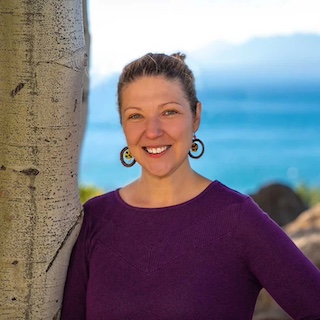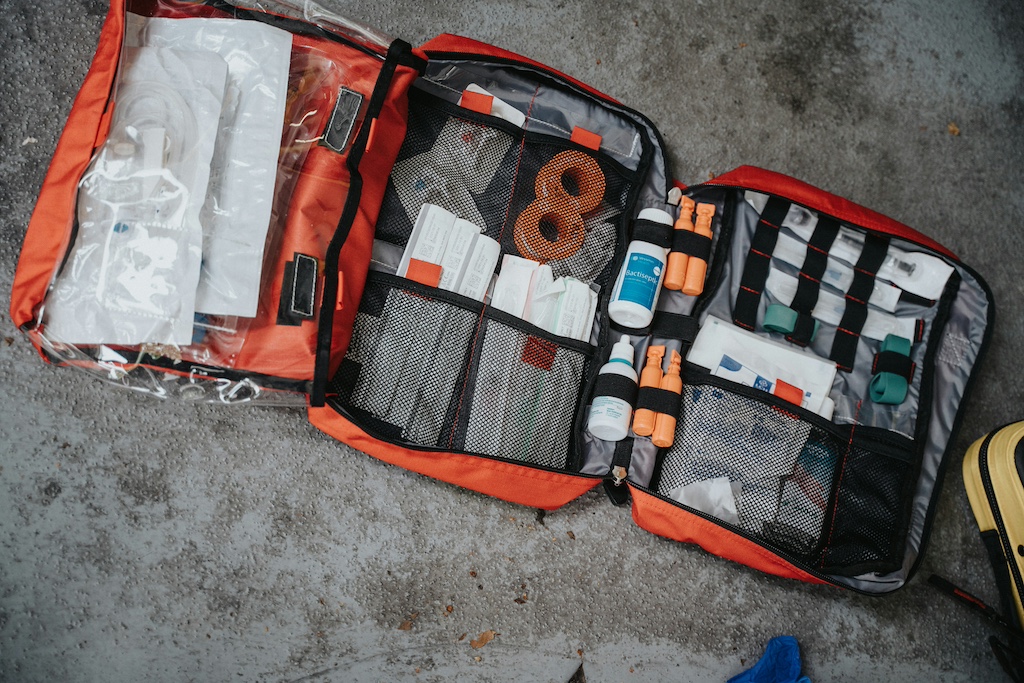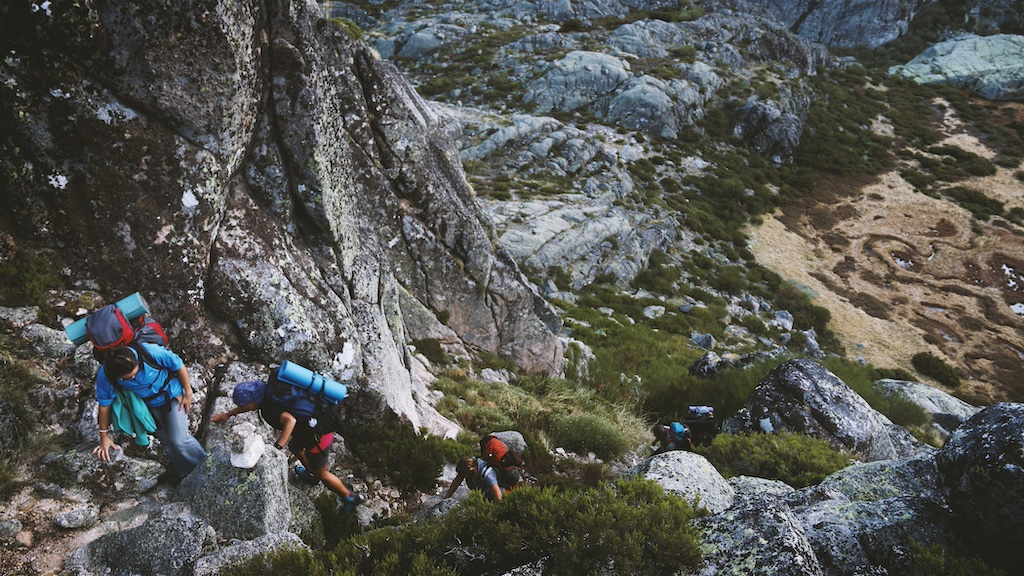As the profession of physical therapy advances, clinicians are looking for creative ways to apply their skill sets. In recent years, wilderness medicine has been growing in popularity within the physical therapy realm. Wilderness medicine is characterized by remote and improvised care of patients with routine or exotic illnesses or trauma, limited resources and manpower, and delayed evacuation to definitive care (Sward and Bennett 2014).
More individuals are partaking in outdoor activities given easier access to austere environments and interest to challenge themselves. This has led to a significant number of safety and injury incidents in the backcountry setting leading to a higher need for rescues and requiring more trained medical teams for extractions.
Physical therapists (PTs) can add a valuable role to the wilderness rescue setting in many ways. They are skilled at forming therapeutic alliances with patients and communicating with other medical clinicians and in the backcountry, help may be hours away. It’s a priority to keep the patient as calm as possible, record medical findings and assist with procedures.
Second, PTs are highly trained to identify and treat musculoskeletal injuries that are very common in the wilderness. It’s rare that an individual in the backcountry to have sustained only one injury or experienced medical condition. PTs also have a strong background for body positioning and mechanics that can help keep the patient safe and comfortable and possibly reduce injuries for the medical team. By having clinicians on the rescue team with varying skillsets, triage is far more effective and the patient will receive better focused care.
Although wilderness medicine is exciting, there are other considerations clinicians must be mindful of before getting involved. The wilderness setting is unpredictable and thinking quickly in the moment is a foundational skill. It’s being mindful of your energy and thoughts and how to contribute safely and appropriately. It’s very much a team approach and practicing effective communication every second. Make sure you know how to minimize the chances of becoming a patient yourself or putting others at risk.
Clinicians should have prior experience with the backcountry in regards to survival or bushman skills, assessing the environment, understanding potential weather patterns and appreciating that things can change in milliseconds. Also, clinicians need to be aware of their own body fitness and abilities and what sort of environments they can withstand and for how long. Knowing how to prepare and take care of yourself in the backcountry is another much needed skill as a wilderness medical team member.

Irina Fedulow Plante (PT, DPT)
Board Certified Neurologic Clinical Specialist LSVT Certified Clinician
Dr. Irina Fedulow Plante is the owner of Mountain Neuro Wellness and Physical Therapy Inc. within the Tahoe Basin, where she treats individuals with neurologic presentations with an emphasis on outdoor settings. She is also program coordinator for the Achieve Tahoe Therapeutic Riding Program and serves as a board member for the American Hippotherapy Association (AHA) and California PT PAC FUND. She is a certified wilderness first responder and has her certification in LSVT.

Photo by Mathurin NAPOLY on Unsplash
It is the responsibility of the PT to also know the laws and regulations with assisting in the backcountry or remote areas. Every county, state and country have different rules so make sure you know what they are prior to getting involved.
Another aspect of wilderness medicine is respecting the land and its inhabitants. Leave no trace is vital to protecting the environment and co-existing with animals for future generations. This is another key area that clinicians need to be accountable for when working or enjoying the backcountry.
The role of physical therapists in wilderness medicine is continuing to evolve and one main question revolves around the scope of practice. In the wilderness setting, obtaining proper certifications such as a Wilderness First Responder (WFR) or Wilderness Emergency Technician (WEMT) is the ideal first step and then being able to apply your skills as a physical therapist as those listed above to assist the patient and team.
Like in any physical therapy setting, staying abreast with the research is also key. The Wilderness Medical Society provides its members with the most up to date research trends, conferences, webinars and several educational opportunities to gain a deeper understanding of wilderness medicine principles.
References
Header image by Diogo Tavares on Unsplash
Beattie et al. Physical Therapists Can Be Value-Added Providers in Wilderness Medicine. Physical Therapy. September 2022
Dubois B, Esculier J Soft-tissue injuries simply need PEACE and LOVE British Journal of Sports Medicine 2020;54:72-73.
Jimenez et al. Associations between Nature Exposure and Health: A Review of the Evidence. International Journal of Environment Res Public Health. 2021
Schimelpfenig et al. NOLS Wilderness Medicine Textbook 2016
Singh DP, Barani Lonbani Z, Woodruff MA, Parker TJ, Steck R, Peake JM. Effects of topical icing on inflammation, angiogenesis, revascularization, and myofiber regeneration in skeletal muscle following contusion injury. Frontiers in physiology. 2017 Mar 7;8:93
Young and Beattie. A Physical Therapist’s Experience as a Point of Contact Care Provider in a Wilderness Setting. A Case Report JOSPT. 2022
Yue et al. The Effect of Wilderness and Medical Training on Injury and Altitude Preparedness Among Backcountry Hikers in Rocky Mountain National Park. World J Emerg Med


Dear Irina,
What a fantastic reading I had. I’m curious how you triage your patients for outdoors and what kind of work you do with them. It is so rewarding to be in the wild.
Thank you for this post
Tatiana , physiotherapist
From Wollongong Australia